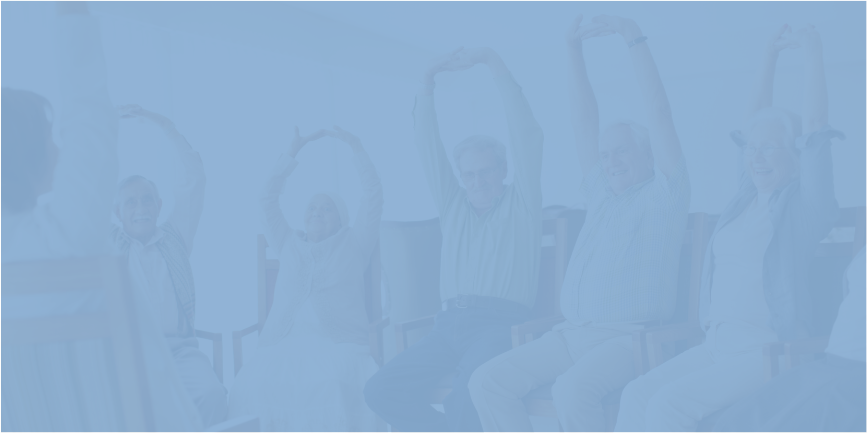At Steady Strides we Work with Caregivers to Ensure You Receive the Support You Deserve
Caring for older adults at risk of falls requires special attention and proactive measures to ensure their safety and well-being. As a caregiver, you play a vital role in preventing falls and providing support to help your loved one maintain independence and mobility.
Caring for older adults recovering from a stroke requires compassion, dedication, and knowledge. As a caregiver, you play a crucial role in supporting your loved one's rehabilitation journey and promoting their recovery.
In this guide, we'll provide you with essential tips and resources to assist you in providing effective care for older adults with stroke rehabilitation and fall prevention needs.





